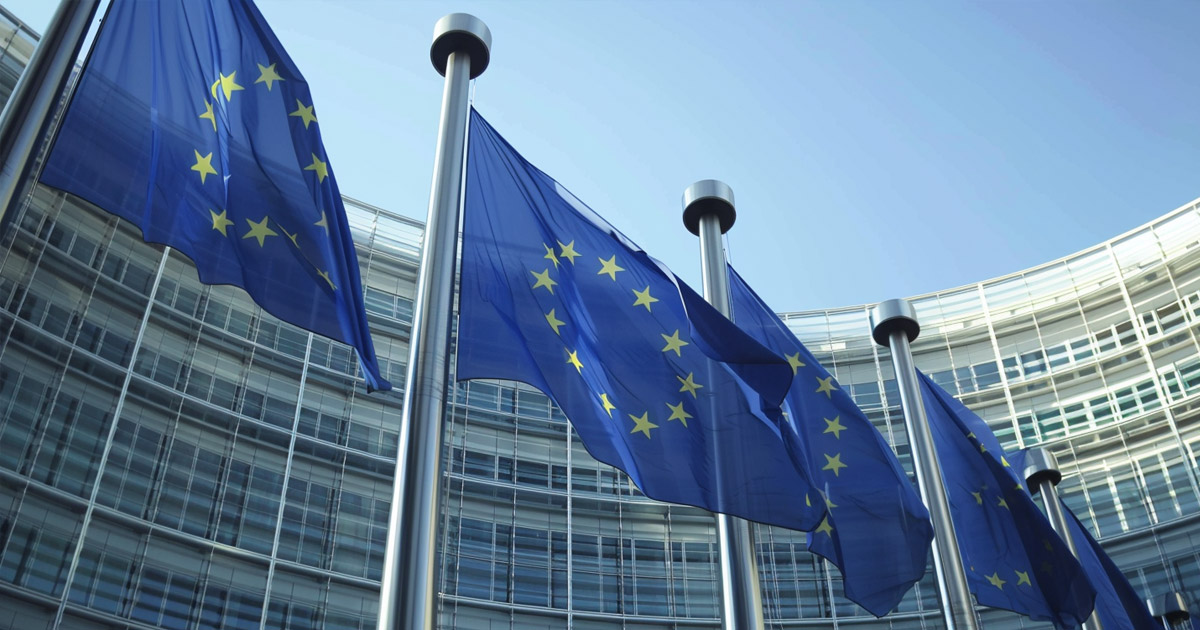Your broker cannot use the funds in your portfolio. Not legally, at least.
While seemingly intuitive, this requirement comes from an SEC regulation known as “the custody rule.” It requires that all investment advisors and similarly-situated entities keep client securities and funds safe while those assets are in the advisor’s possession. Essentially, if you have an account with an investment advisor, trader or broker, the person has to keep your assets separate and apart from his own. The financial advisor can’t comingle your money with his or tap into it for the firm’s use.
The purpose of the custody rule is to protect client assets against adverse events like theft, misappropriation and bankruptcy. For example, a brokerage cannot use client assets to make its own investments, putting that money at risk if the investments go poorly. Nor can it use client money as operating funds, putting that money at risk if the firm goes out of business.
Recently, as investigators have picked through the wreckage of former cryptocurrency exchange FTX, they have found evidence of exactly the kind of theft and comingling that the custody rule is designed to prevent. This has prompted a reevaluation of the rules surrounding cryptocurrency and similarly situated assets.
Among the results is a proposed SEC regulation that would dramatically expand the scope of the custody rule.
For help managing your investments and understanding the implications of this new rule, consider matching for free with a vetted financial advisor.
What Is the Safeguarding Rule?
The new rule would be called the safeguarding rule, an updated and amended version of the existing custody rule. Most significantly, it broadens the scope of the custody rule to include far more assets than currently contemplated. As the SEC explains, the new rule would apply to “funds, securities, or other positions held in a client’s account and would include all other assets that investment advisers custody for their clients. The safeguarding rule would also explicitly include an adviser’s discretionary authority to trade client assets within the definition of custody.”
As the law firm Skadden Arps explains in a brief on the subject, this will give the custody rule a broad mandate. It will effectively, they write, apply to all assets of just about any kind held by a regulated entity. This would include “cryptocurrencies and other digital assets, contracts held for investment purposes, collateral posted in connection with a swap contract and physical assets, including real estate, artwork, precious metals and physical commodities, as well as ‘other positions’ that may not be recorded on a balance sheet as an asset (e.g., short positions and written options).”
In a small, but critical, detail the SEC has also stated that the term “assets” as it applies to the new rule will remain “evergreen.” This means that the agency intends for the updated safeguarding rule to automatically encompass new categories of investments and assets as they emerge without requiring a specific update. If a regulated entity holds some thing of value on behalf of a client, or if it has the authority to trade a given asset, the new safeguarding rule will apply.This is intended to address the issues created by cryptocurrency, where companies have evaded regulation for years by simultaneously insisting that crypto assets are both a great investment and securities subject to regulation.
What Does The Safeguarding Rule Mean For Investors and Customers?

For investors and customers, this means that advisors must keep many more assets safe.
When the custody rule applies, firms have to hold assets with third parties known as a “qualified custodian.” Generally this means that they have to put your assets on account someplace trusted, like a regulated depository bank or a brokerage. The idea is to make sure that a firm can’t do more or less exactly what FTX did, reaching for client assets whenever it needs capital or wants to make an investment.
Firms already need to do that with regulated securities and cash. Now, if SEC’s proposed rule goes forward, firms will also have to place virtually all assets with a trusted custodian. For example, if you place art, wine or valuable collectibles on account, they will need to make sure those assets are held by a trusted custodian.
The same will be true of cryptocurrency. All exchanges subject to SEC oversight will have to keep client assets separate, held by trusted custodians. This will dramatically change the way that much of the industry operates, as it is common for cryptocurrency exchanges to keep client assets comingled with the firm’s own assets and funds.
Firms will also need to insure the newly-covered assets, or at least to certify that their custodian carries insurance, so that clients are made whole if their assets are lost anyway.
To get a sense of the scope of this proposed rule, it’s worthwhile to consider the scope of losses due to failed and careless cryptocurrency exchanges over the years. Clients with FTX alone lost more than $1 billion when the firm went out of business. If properly applied, the new safeguarding rule would have prevented those assets from being placed at risk by denying FTX access to them and, failing that, clients would have been insured against those losses.
This isn’t the only example of a cryptocurrency exchange mishandling client funds. Investors have lost hundreds of millions of dollars due to exchanges going out of business, mismanaging their funds and (in some cases) simply misplacing critical security keys.
What’s Next For the Safeguarding Rule?
On May 8, comments closed for the safeguarding rule. This means that the SEC has gone through the process of soliciting public feedback on their proposed regulation. The agency will now review this feedback, making any updates to the proposed rule as it feels necessary. After that, assuming that no significant changes occur, it will likely pass the new rule.
Bottom Line
The SEC has proposed a new regulation called the safeguarding rule. It will require investors, broker and other regulated entities to keep all client assets safe in separate, insured accounts. While this will apply broadly, it will particularly change how many cryptocurrency exchanges do business.
Tips For Protecting Your Investments
Photo credit: ©iStock.com/da-kuk, ©iStock.com/PeskyMonkey
The post Can This SEC Rule Protect Your Crypto or Art Investments From Bankruptcy? appeared first on SmartAsset Blog.
The views and opinions expressed herein are the views and opinions of the author and do not necessarily reflect those of Nasdaq, Inc.
Credit: Source link















































